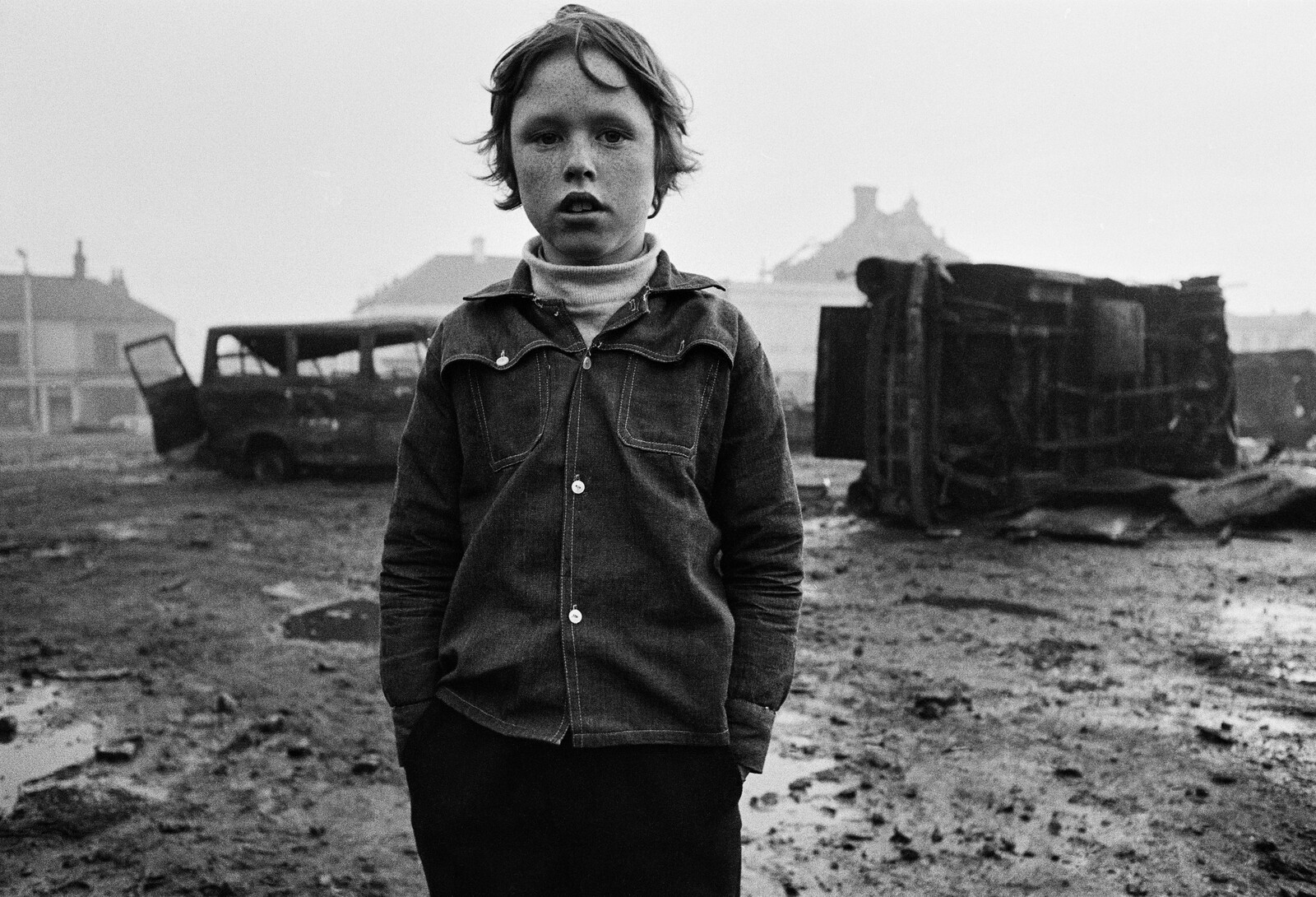People and Borders
April 13–June 11, 2017
Fondazione Stelline
corso Magenta 61
20123 Milan
Italy
Fondazione Stelline presents an important retrospective dedicated to the rediscovery of Gian Butturini (Brescia, Italy, 1935–2006), a sensitive and authentic photographer who was constantly on the scene during the major conflicts of the ‘70s and ‘80s, both in Italy and abroad.
Following his international rediscovery by Martin Parr, who included him in his London exhibition Strange and Familiar (2016) as the only exhibiting Italian alongside Henri Cartier-Bresson, Paul Strand, Robert Frank and Garry Winogrand, the exhibition looks back on his long photographic journey in search of the meaning of people and its humanity—a journey which took the photographer to the ends of the earth. These are geographical, but also cultural and mental borders, which Butturini experienced as his own as he identified with the condition of the “ultimi” (the last).
Gian Butturini introduced his first photographic work London by (1970), new edition published by Damiani next June edited by Martin Parr, with the words Photographic notes by a man in the street photographing people in the street—a description that perfectly sums up his entire work. The individual and the meaning of humanity are the undercurrent of all his images, allowing us to see through the eyes of Butturini as a man—candid and curious, real and alive, coherent and incoherent—more than a photographer. This vision is manifest in masterful shots of rare beauty and purity. The frames are at times full of pain and polemic, occasionally ironic and sarcastic, invariably suffused with poetry and touched by the grace of a gesture or the sweetness of an expression.
The exhibition People and Borders, curated by Alessandra Klimciuk, contains over 60 works, including 18 extremely rare vintage prints, signed by the author and never before exhibited, of the photos of the “London” project (1969), the conflict in Ulster (1971), the trip to Cuba with Fidel Castro (1971), to the Chile of Allende (1973) and Pinochet (1987), Portugal after the Carnation Revolution (1975), and the Polisario Front in the Western Sahara (1982), as well as the important chapter dedicated to Basaglia’s anti-psychiatry (1975) and to the labour movements with the metalworkers’ strikes (1973).


